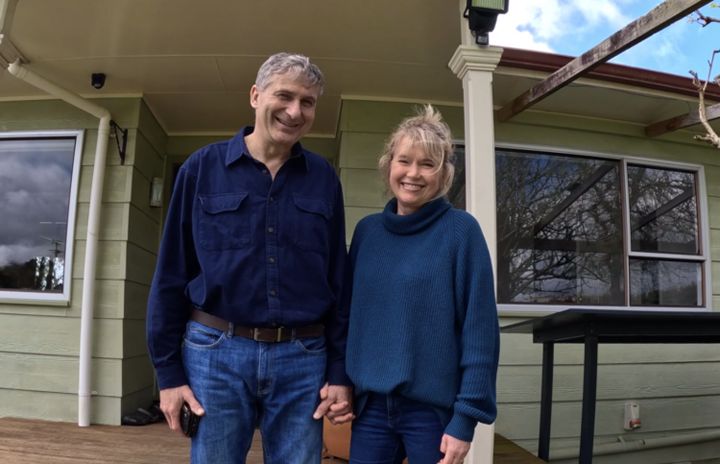Eaton Helps Seattle City Light Strengthen Grid Planning to Meet Record-Setting Demand for Electricity
By implementing Eaton's advanced grid planning software, the utility is streamlining project management with advanced modeling tools that help prioritize infrastructure investments and the integration of new energy resources.
The role of Big Data and IoT in optimizing grid operation and energy consumption
Smart sensors, real-time monitoring and advanced analytics enable faster, data-driven decision making - moving from reactive to proactive grid management. This results in optimized energy flows, smoother renewable integration and lower emissions.
Wasted wind and the UK's curtailment challenge - Why clean energy goes unused and how technology can help
Every time turbines are switched off, revenue is lost, bills rise and carbon savings are wasted. For consumers, that means paying for energy that never reaches their homes - a frustration that grows as wind makes up more and more of the power mix.
Energy and Utilities in the Era of Artificial Intelligence: Five Strategic Use Cases for Competitive Advantage
The question isn't whether utilities should embrace AI; it's how they can strategically implement Generative and Agentic AI solutions to catch up with other industries while building sustainable competitive advantages.
Revolutionizing Power Grids: The Essential Role of HVDC and FACTS in Modern Energy Transmission
Traditional alternating current (AC) transmission systems face limitations in their abilities to handle the variability of renewable energy sources, an issue compounded by the persistent challenges of an aging infrastructure.
The Impact of EMP Hardening on Solar Hybrid Inverters
EMPs can severely damage electronic devices and disrupt power supplies. EMP hardening offers a safeguard, especially for residential hybrid inverters like the Sol-Ark 15K-2P Whole Home hybrid inverter.
Enabling Great British Energy - A zero-carbon grid requires specific technologies to ensure reliability
Starmer's government intends to invest �£8.3 billion of funding into a new, publicly owned green power company as part of wider energy security and sustainability goals.
Winds of Change: How the Renewables Revolution is Harnessing AI
After many of the nation's Net Zero commitments were relaxed or reneged on under the Conservative government, increasing the level of automation in the renewables space could be a key way to reaffirm our net zero goals.
Planning, Designing and Operating Microgrids
Just putting solar PV panels, batteries, chargers and generators out there and saying this is the size you need because this is how much you consume, isn't going to get you what you want. You have to be mindful of how these systems are going to get orchestrated together.
Effective operations and monitoring of distributed energy resources
Large-scale DER installations are undoubtedly a positive addition to the energy network, but their integration and management is more complex than that of individual, smaller scale DERs.
Solar EV Charging to Bypass the Grid: A US$2.5 Billion Market by 2034, Says IDTechEx
The South African utility grid is subject to frequent load-shedding, periods when demand exceeds supply, and utility operators are forced to impose rolling black or brownouts of up to 50% capacity.
Puerto Rico Can Reach Its 100% Renewable Energy Goal by 2050
NREL Led PR100 Study That Modeled Possible Scenarios Built on Stakeholder Priorities of Energy Affordability, Resilience and Reliability, Land Use, and Economic Benefits
Mini-grid for extended family - NZ Homestead gets private power
The power supply at Tim and Fiona's homestead in Auckland, New Zealand is distributed from a micro grid which serves their extended family of eight, across three tiny homes, the main residence, and large workshop.
What's in store for the electric grid this winter?
While the forecast for record cold creates potential for further strain on an already vulnerable electric grid, this past summer has shown that renewables and battery storage can be leaned on to stabilize the grid.
The Role of HVDC in the Energy Transition
HVDC is a transmission system that uses direct current (DC) for the transfer of power over long distances. As remote offshore windfarms and the grid are often far apart, HVDC enables effective transmission due to its uniform current density throughout the line.
Records 1 to 15 of 38
Featured Product
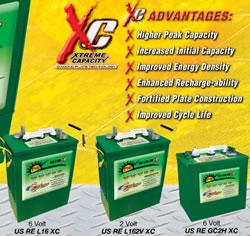
U.S. BATTERY RENEWABLE ENERGY SERIES DEEP CYCLE BATTERIES
Our RE Series batteries are designed to provide the highest peak capacity, longest cycle life, and greatest reliability for use in industrial or residential renewable energy applications. Renewable Energy Series batteries utilize the company's exclusive XC2™ formulation and Diamond Plate Technology® to create the industry's most efficient battery plates, delivering greater watt-hours per liter and watt-hours per kilogram than any other flooded lead-acid battery in the market. Our Deep Cycle batteries are engineered to work with solar panels as well as other renewable energy applications.


.jpg)
.jpg)

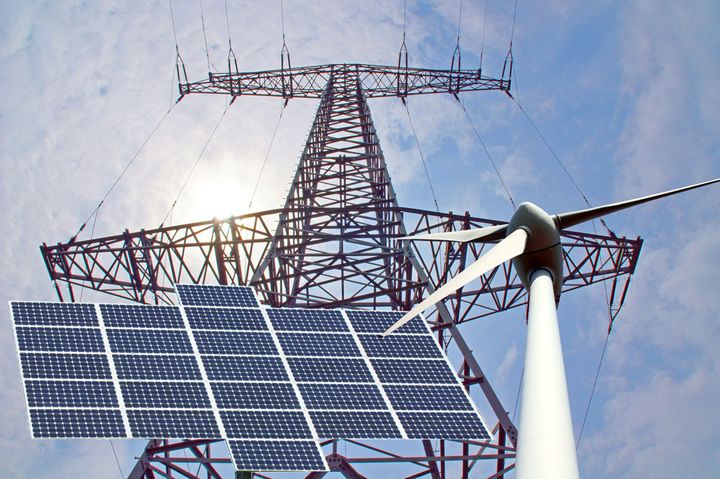
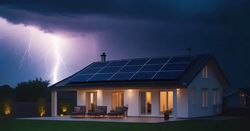


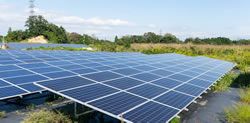
.jpg)


